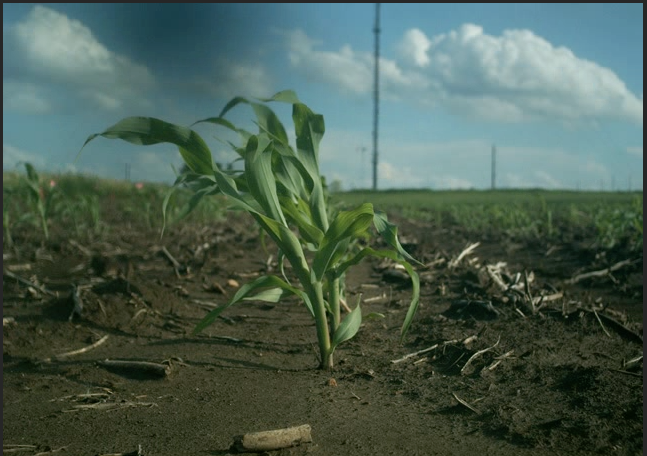UW botanist harnesses the grid to illuminate crop growth
Spalding’s Birge Hall lab is pretty far removed from conventional dirt-under-the-nails botany. In one room, a row of stationary cameras bathed in red light train in on Petri dishes that contain seedlings growing in a gel. These cameras take pictures every two minutes, producing rich time-lapse composites of the plant’s growth. A second room follows the same process, but with a robotic arm that moves a single camera across a gantry of more than 30 Petri dishes.
Every night, this imaging data is shipped en masse to the CHTC grids for analysis. The data that comes back measures the phenotype performances across thousands of specific genetic variations in the plants, something that would be impossible without the computing power CHTC harnesses from computers across the campus and nation. The project uses tens of thousands of computer CPU hours weekly during peak times.
